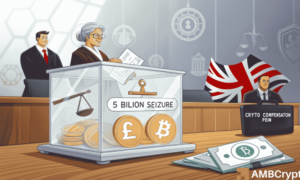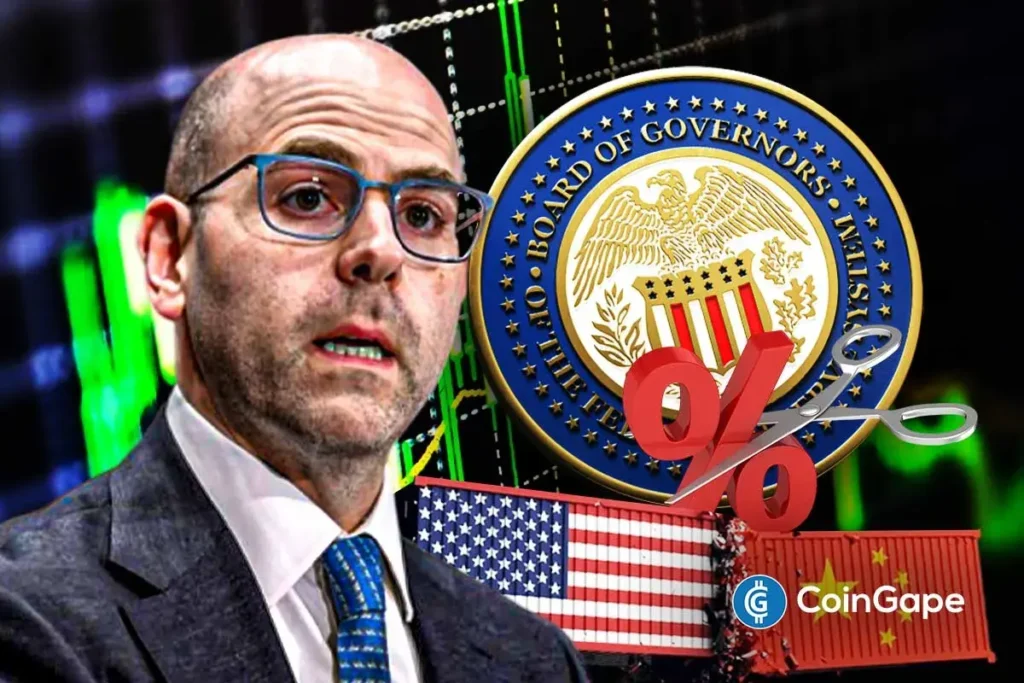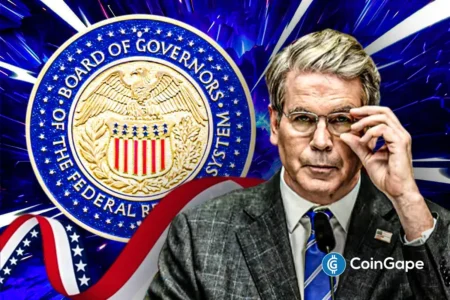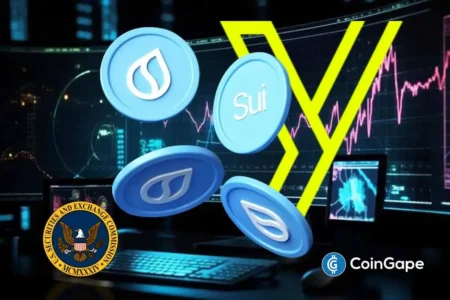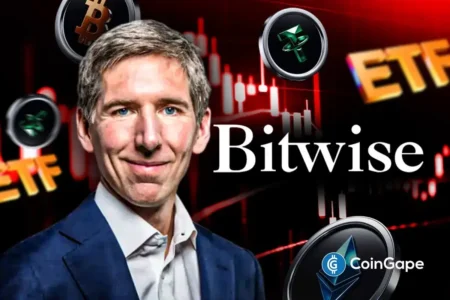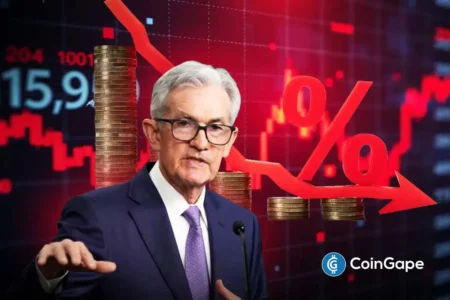Fed Governor Stephen Miran Calls for Urgent Rate Cuts Amid U.S.-China Trade Tensions
As the Federal Open Market Committee (FOMC) October meeting approaches, Federal Reserve Governor Stephen Miran is advocating for rapid interest rate cuts. His latest remarks highlight rising U.S.-China trade tensions as a primary driver for this urgency. The FOMC is widely expected to announce another reduction in rates this month, a move that could have significant implications for both the broader economy and the cryptocurrency market.
Economic Uncertainty and Trade Concerns
In a recent Bloomberg report, Governor Miran expressed that the escalating trade tensions between the United States and China have created heightened uncertainty surrounding the economic outlook. He underscored that the risk landscape has shifted, introducing more downside risks to U.S. economic growth, which makes a fast response in lowering rates necessary. According to Miran, the potential for a full-blown trade war, especially following President Trump’s announcement of a 100% tariff on China, could pose severe threats to the U.S. economy. This evolving scenario compels the Fed to reassess its monetary policy strategy for navigating these turbulent waters.
Implications for Monetary Policy
Miran’s insights suggest a pressing need for the Fed to adopt a more neutral stance in its monetary policy. The balance of risks has changed markedly over the past week, and prompt rate cuts could serve as a mitigating factor against potential economic downturns triggered by trade disputes. This assessment aligns with the expectations that the Federal Reserve will implement another interest rate cut at the upcoming FOMC meeting. Current CME FedWatch data indicates a staggering 96.7% probability of a 25 basis points (bps) cut on October 29.
Support for Additional Rate Cuts
In addition to Miran, other Fed officials, including Governors Chris Waller and Michelle Bowman, also support the idea of two additional rate cuts by year-end. Their collective stance signals consensus among Federal Reserve members about the precarious economic situation shaped by external factors, particularly trade dynamics. All eyes are on Fed Chair Jerome Powell, who indicated earlier that the board may adjust rates this month, following the first cut of the year in September, spurred by weak labor market data.
Market Reactions and Crypto Impact
The anticipation of further Fed rate cuts is likely to have ripple effects throughout financial markets, including the cryptocurrency space. Lower interest rates often lead to increased investment and spending, which could infuse liquidity into digital assets. The crypto market, which is notably sensitive to broader economic indicators and monetary policies, could respond positively to a rate reduction. Investors are keenly watching the Fed’s moves as they could produce volatile but potentially lucrative opportunities in the cryptocurrency landscape.
Historical Context of Rate Cuts
Historically, the Federal Reserve has employed rate cuts as a tool to stimulate economic activity during periods of uncertainty. The current environment, characterized by trade conflicts and their repercussions on economic stability, necessitates a reevaluation of traditional monetary policy approaches. Miran’s call for quick cuts suggests that the Fed is prepared to act decisively to counteract evolving risks, reminiscent of past responses to economic downturns.
Conclusion: The Road Ahead for the Fed and Markets
The upcoming FOMC meeting is set to be pivotal, with the likelihood of additional rate cuts looming large. Governor Stephen Miran’s comments serve as a crucial reminder of the interconnectedness between monetary policy and international trade dynamics. As the U.S. navigates its relationship with China, the Federal Reserve appears poised to adjust its strategy in the face of potential economic headwinds. Investors and stakeholders would do well to remain vigilant, particularly in the volatile cryptocurrency market, as the situation develops in the coming weeks. The actions taken by the Fed will not only shape the immediate financial landscape but will also set the tone for future economic policy in an increasingly complex global environment.

